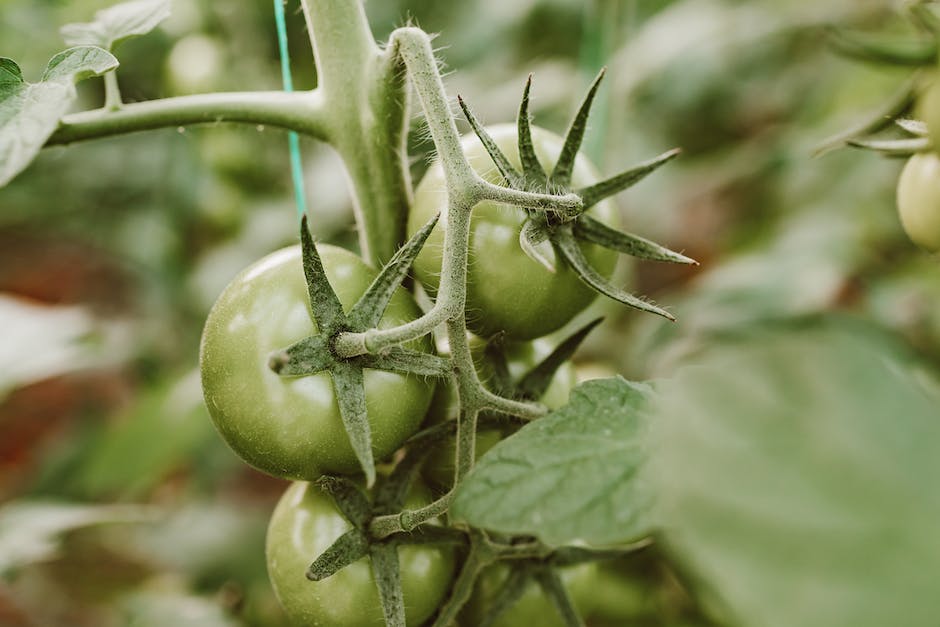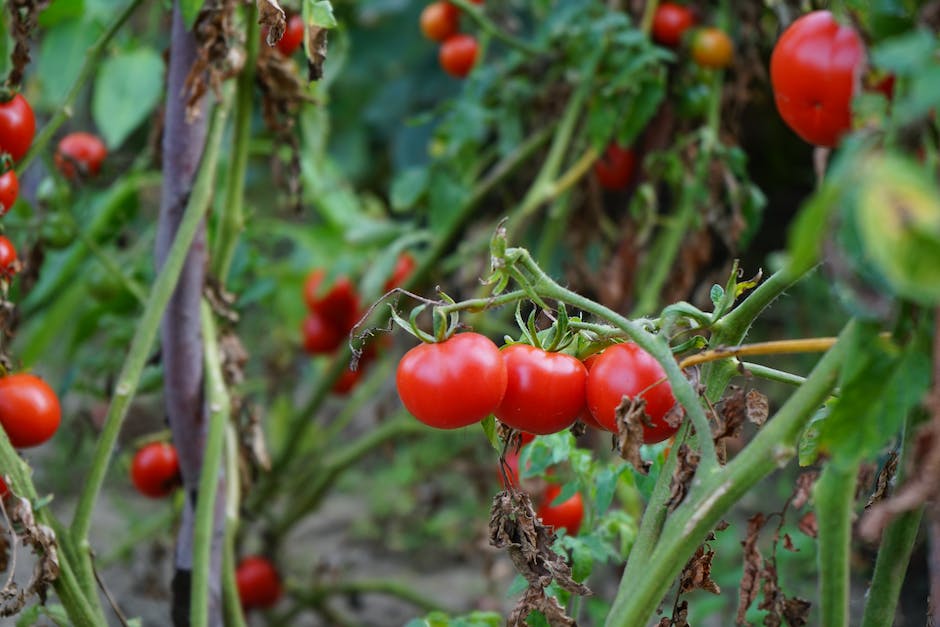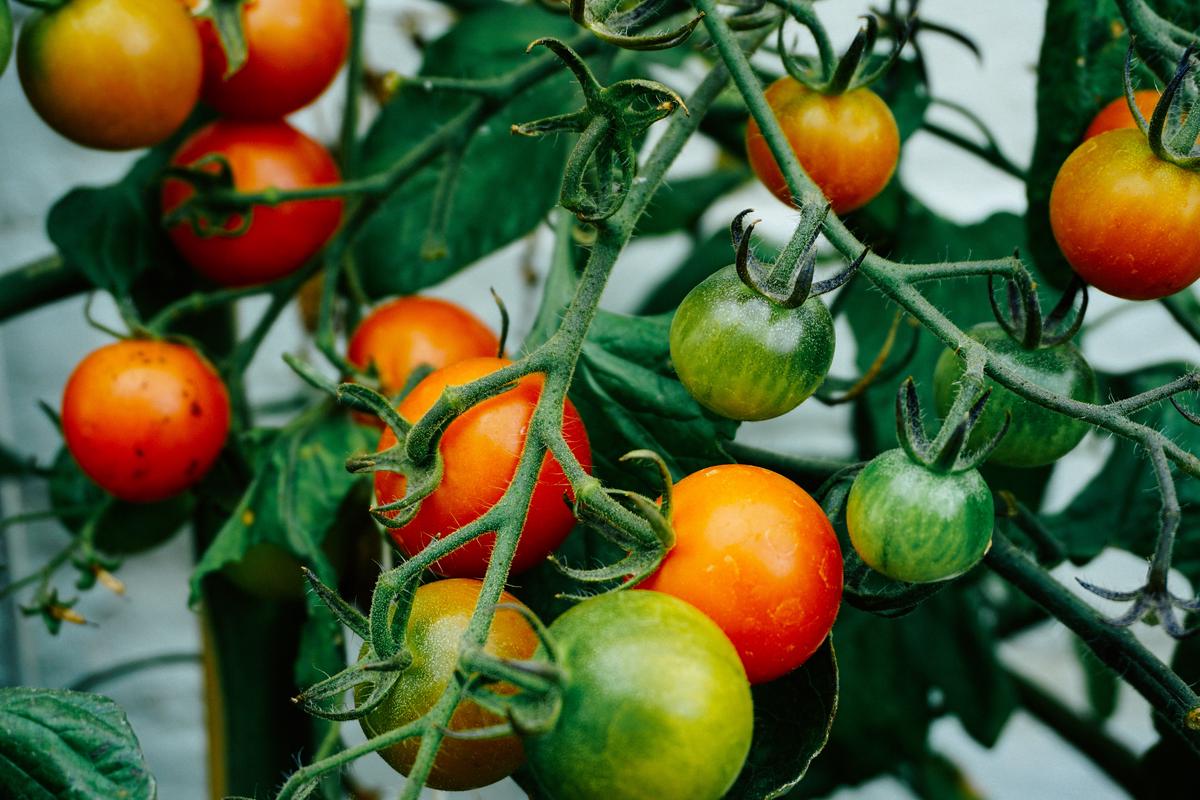Ultimate Guide to Tomato Plant Sunlight Needs

A fundamental factor underpinning plant growth, from lush forests to humble home gardens, is the intricate process of photosynthesis. Sunlight, a significant catalyst in this process, especially plays a crucial role in the life cycle and fruitful yield of specific plants such as tomatoes. Tomato plants have particular sunlight requirements that need to be optimized for abundant, healthy crop production. This discussion not just delves into the science behind photosynthesis, but also elucidates the specific needs of tomato plants in regard to sunlight. Moreover, you will learn about the balanced sunlight exposure needed by tomato plants and effective strategies to achieve this balance, ultimately guiding you to bountiful harvests season after season.
Understanding Plant Photosynthesis
Turning Sunbeams into Tomatoes: The Intriguing Relationship between Photosynthesis and Sunlight
When you’re a seasoned garden enthusiast, it’s hard not to fall in love with the humble tomato plant. With their shiny, heart-shaped leaves and delightful bundles of fruit, tomatoes are a sight to behold for any green thumb. But did you know these sun-loving plants are more than just attractive to look at? They’re also incredible examples of nature’s most fascinating processes, primarily photosynthesis. Let’s unravel the intricate link between a tomato plant’s sunlight needs and photosynthesis.
Photosynthesis, the Foundation of Life
Photosynthesis is the critical process that allows plants, including tomato plants, to convert light energy, primarily from the sun, into chemical energy that can be later consumed to fuel the plants’ activities. It’s the bridge between the sun’s solar rays and the rich, juicy tomato fruit gardeners adore. What happens, though, when photosynthesis jumps into action?
When sunlight hits the broad, green leaves of the tomato plant, a remarkable process begins. In simplified terms, the light is absorbed by the plant’s chlorophyll, the pigment responsible for the vibrant green color we associate with most plants. This light energy is then utilized to initiate a daring chemical reaction, converting carbon dioxide and water into glucose and oxygen.
The Sunlight’s Role in the Tomato Plant’s Health
Without the right amount of sunlight, photosynthesis cannot occur, and the tomato plant’s health is severely impacted. Tomato plants typically require 6-8 hours of direct sunlight per day during the primary growth stage. As sunlight is their primary energy source for photosynthesis, it’s understandable that they seek it avidly.
Remember, sunlight doesn’t just power photosynthesis. It also influences the plant’s ability to produce the essential hormones it needs for growth and fruit production. As a result, the timing, quality, and intensity of light are crucial for optimal tomato crop yields.
Adjusting the Light According to Stages
As tomato plant enthusiasts, understanding the relationship between tomato’s growth stages and sunlight requirements can result in superlative harvests. When tomato seedlings sprout, they need intense light—around 14–18 hours a day—to promote strong stem and leaf growth. As the plant matures, it begins blossoming, setting fruit, and finally ripening the fruit; during these stages, 8 to 10 hours of sunlight would suffice.
The Sun Isn’t Always Your Ally
However, garden enthusiasts should be cautious. Too much direct sunlight can lead to sunscald — a sort of sunburn for plants, affecting the color and flavor of the tomatoes. During the sweltering summer heat, a bit of gentle shade can save the day.
So, next time you’re pruning your tomato plants, remember that you’re not just tending to a bunch of plants. Instead, you’re fostering an intricate process that connects the ground beneath your feet to the sunlight in the sky. It’s this shared transformation, sparked by photosynthesis, that turns humble sunbeams into delicious tomatoes. Now that’s a garden marvel worth celebrating!

Tomato Plant Sunlight Requirements
Jutting towards the sky in a luscious display of ruby and green, tomato plants are indeed a marvel. Their growth, dictated by the essential, awe-inspiring process of photosynthesis, directly relies on the energy gifted by our radiant sun. But how many hours of sunlight does your tomato plant truly need each day to flourish and bear delicious fruits for your culinary delights? Let’s find out!
Tomato plants relish the sun. They literally bask in its luminous presence. The miraculous photosynthetic process within their green cells vigorously springs to action when the sun casts its rays. It’s crucial to understand that this sunlight requirement is not limited to just the fruit-bearing phase. From the time they’re tiny seedlings stretching their first leaves towards the light, tomato plants crave sunlight. And the need continues right through the growing season, until the last ripe fruit is plucked from the plant’s sprawling branches.
As a general rule of thumb, tomato plants need about six to eight hours of sunlight a day. However, more is usually better. Young seedlings are an exception – they require slightly less sunlight, usually around five to six hours daily. This sunlight duration helps lettuce-green, leafy seedlings develop sturdy root systems while preventing their leaves from getting singed by excessive exposure.
When planting tomatoes in a garden, make sure the designated area receives consistent sunlight throughout the day. If you’re growing tomatoes indoors in pots or containers, despite the disparaging glares from your indoor ferns, position them next to windows that allow ample daylight to stream in.
If you’re living in regions swathed in cloud cover or plagued with unpredictable sunlight, don’t fret just yet. Tomato plants can still soak in reduced sunlight – they may just take a little longer to mature. Their growth rate might slow down, but patience, as they say, bears sweet fruit (or in this case, juicy tomatoes).
Several folks, bitten by the green thumb bug, prefer growing tomatoes under artificial lights. Such grow lights offer excellent control over providing the required light exposure to the plants. By using artificial lights, you can precisely mimic the sun’s spectral output ensuring your tomato plants do not miss their natural light source.
Maintaining an adequate balance of light and darkness is crucial for the tomato plant’s circadian rhythm, too. A bit like us humans, tomato plants require rest periods. These periods allow for the efficient conversion and allocation of the energy they’ve stored during daylight.
However, remember to keep an eye out for sunscald – an ugly sunburn on tomatoes due to overexposure. To avoid this sunny predicament, shielding red, ripening fruits from direct afternoon sunlight is prudent.
Cracking the code to meet your tomato plant’s sunlight requirements will indeed open the door to an abundance of vibrant, supremely tasty tomatoes. So, grab your gardening gloves, it’s time to bask in the sun and grow some tomatoes! Stand by as sunbeams transform into plump, juicy, delicious tomatoes, right before your very eyes.

Moderating Sunlight Exposure
Tomato plants, like many other plant varieties, have an intricate relationship with the sun. These sun-loving flora enjoy a hefty dose of solar energy for proper development and productivity.
Regular exposure to the sun contributes massively to successful tomato farming. On average, tomato plants need between six and eight hours of sunlight a day. The sunlight bathing these supreme fruit wielders isn’t just for show – it’s a necessity! This requisite sunlight exposure ensures that the plants have access to the fuel they need to combine carbon dioxide and water to form glucose, contributing to the growth and development of healthy tomatoes.
However, let’s not forget our bouncing tomato seedlings! When it comes to these fragile newcomers, an exception is made. You see, young seedlings require slightly less sunlight. In these beginning stages, 4-5 hours of direct light each day is sufficient to spur growth without causing any damage.
When selecting a spot to plant your tomatoes, consider the path the sun takes across your garden during the day. Ideally, place the tomato plants in a location where they can bask in the morning light and escape the harsh intensity of the afternoon sun. East-facing walls are typically the most suitable for these sunbathing beauties.
Worry not if your garden is a bit shy of sunshine! Tomato plants are surprisingly resilient and can grow even with reduced sunlight. Although they thrive best in sunny conditions, tomato plants can make the most of 3-4 hours of direct sun each day. However, you may notice a decrease in fruit yield and size.
Artificial lighting can also be harnessed! This comes in handy during the colder months when sunlight may be scarce. LED or fluorescent lights can become your tomatoes’ new best friend, providing them with the light they need to flourish!
Maintaining a balance between light and darkness is just as important. The “dark period,” when the plants respire to uptake nutrients and develop new cells, is fundamental for their overall growth and wellness. Hence, even the sun-thirsty tomato plants need their respite from the sun’s glaring radiance.
Sunscald – oh, it can be a real villain! Too much exposure to direct sunlight can lead to pale blotches on the tomato skin, altering the color and flavor of the fruit. But prevention is possible! Providing the plants with some shade, especially during the most intense sunlight hours, can shield them from sunscald’s destructive touch.
Meeting these sunlight requirements can result in a bountiful yield of mouth-watering tomatoes – a reward well worth the effort to maximize your tomato plants’ sun-lapping bliss! Happy tomato growing!

Photo by danielcgold on Unsplash
Mastering the art of optimizing sunlight for tomato plants can elevate your gardening game to new levels. Packed with necessary information about plant photosynthesis, we’ve explored how sunlight plays a vital role in this process. We’ve specifically understood the sunlight requirements of tomato plants, the effects of varying sunlight exposure, and how to moderate it effectively; a process that’s crucial for aspiring gardeners to appreciate. With the right knowledge at your disposal, from choosing the perfect location to using shade cloth for regulating light, you can ensure your tomato plants flourish. Remember, tomatoes, like life, require a delicate balance—too much or too little sunlight can drastically affect their growth. Harness the power of the sun, and may your tomato plants always bear the sweet fruit of your efforts.



